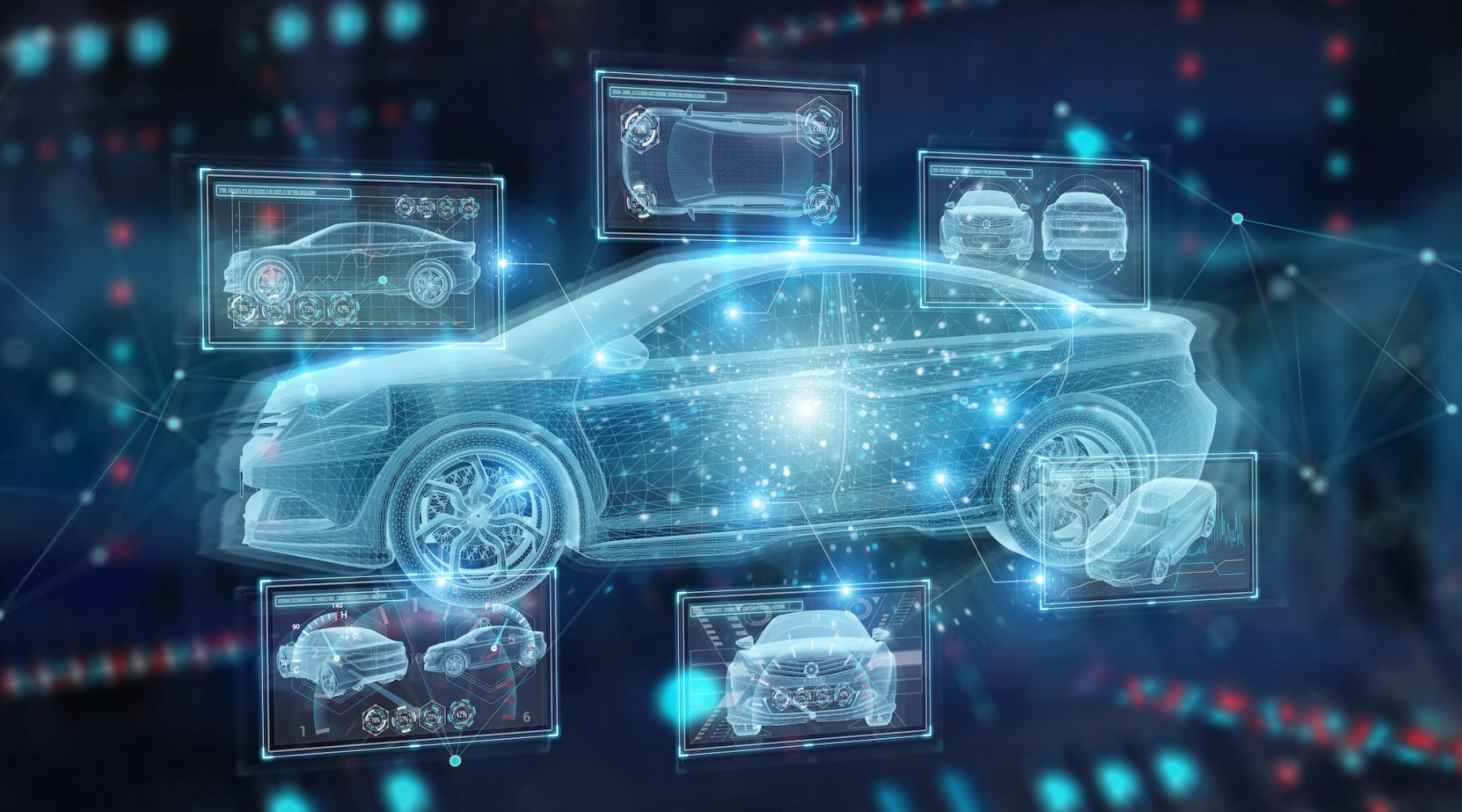
Backed by the German Association of the Automotive Industry (VDA), eleven leading automotive companies have agreed to collaborate on open-source software development in a pre-competitive space. This agreement was formalized at the end of June with the signing of a memorandum of understanding during the Automotive Electronics Congress in Ludwigsburg, Germany. The signatories include BMW Group, Robert Bosch, Continental, ETAS, Forvia’s Hella, Mercedes-Benz Group, Qorix, Valeo, Vector Informatik, Volkswagen Group, and ZF Friedrichshafen.
According to the VDA, as vehicle software becomes increasingly complex and essential, accelerating development while maintaining quality and safety is crucial. Much of the in-vehicle software operates behind the scenes and does not influence user experience directly, making it ideal for collaborative, non-differentiating development within an open-source ecosystem.
To meet the stringent functional safety requirements of automotive software, a novel open-source development process was created to support certification according to standards from bodies such as AUTOSAR and COVESA. This "code-first" strategy replaces traditional specification documents with executable software modules, promoting faster standardization and development.
The initiative is being carried out within the vendor-neutral and transparent framework of the Eclipse Foundation, under the umbrella of the S-CORE project.
“Together we are building a future-proof and powerful software ecosystem—open, transparent, and secure,” said Dr. Marcus Bollig, VDA’s Managing Director.

Open Ecosystem and Roadmap for Autonomous Driving Software
The initiative fosters an open ecosystem, both in terms of software interoperability with key industry standards and through opportunities for contributions and collaboration from other European and international companies. According to the project timeline, the software platform intended for series production of autonomous driving systems is expected to be ready by 2026.
The modular software architecture is designed to be adaptable and expandable, allowing it to be tailored and distributed for use in series development. This enables manufacturers and suppliers to concentrate on differentiating features, while relying on a shared foundation of core components. The goal is to provide a robust base for innovation, allowing companies to focus on what truly adds value for customers.
Roadmap and Milestones
Several key milestones have already been reached. By the end of 2024, the project had launched S-CORE within the Eclipse SDV framework, establishing an initial toolchain, infrastructure, and a minimum viable software stack. Early in 2025, the process for developing safe open-source software was finalized and successfully audited for compliance with ISO 26262.
Looking ahead, the roadmap includes defining a reference architecture and feature requirements by mid-2025, followed by the first public release of essential software stack modules by the end of that year. A full software release suitable for use in production vehicles is planned for 2026.
By 2030, the collaboration aims to see the first start of production (SOP) of a vehicle integrating the open-source software stack into a commercial series project.

The S-CORE Project
In early June, the Eclipse Foundation announced the launch of the S-CORE (Safety Open Vehicle Core) Project—described as the automotive industry's first open-source core software stack for software-defined vehicles (SDVs). The forthcoming 0.5 release, aimed at embedded high-performance electronic control units (ECUs), represents a major milestone in the industry's shift toward open, collaborative software platforms.
Supported by an expanding group of industry leaders—including BMW Group, Mercedes-Benz, Bosch, ETAS, QNX, Qorix, and Accenture—the S-CORE initiative is establishing an open-source foundation designed to help automakers and suppliers speed up the development of next-generation automotive software. This allows them to focus more on delivering unique features and applications that differentiate their products.
S-CORE functions as middleware, positioned between the operating system and the application layer. It provides essential, non-differentiating services common to all SDVs—such as application orchestration, inter-process communication, logging, and data persistence. By standardizing these core functionalities, the platform aims to simplify development, reduce costs, and shorten time-to-market for vehicle software.
The 0.5 release, scheduled for October 2025, will serve as the project’s first major public milestone, offering a foundational set of features for industry evaluation and adoption. The reference implementation will run on QNX SDP 8.0, which is available for non-commercial prototyping through the newly launched QNX Everywhere program.
Future releases are expected to expand operating system compatibility, with Linux support already planned.
“Collaboration in the development of secure and open-source automotive platforms is a critical factor for the automotive industry,” said Mike Milinkovich, Executive Director for the Eclipse Foundation. “The Eclipse Foundation’s governance model enables open collaboration between OEMs, tiers, and tech players within the Eclipse SDV Working Group. We recognize the trust placed in us as the stewards of such a strategic initiative and embrace the challenge of making it a success.”
Source: futurride.com
